May 16, 2025 | 10:18 GMT +7
May 16, 2025 | 10:18 GMT +7
Hotline: 0913.378.918
May 16, 2025 | 10:18 GMT +7
Hotline: 0913.378.918
According to Huynh Ngoc Diep, Director of the Binh Dinh province's Sub-Department of Livestock Production and Animal Health, centralized animal slaughter plays a crucial role in effective disease control, the establishment of a safe food supply chain, and the protection of the environment and consumer health.
As a result, Binh Dinh Provincial People's Committee issued Decision No. 51/2020/QD-UBND on August 3, 2020 regarding policies to encourage investment in the construction of centralized livestock and poultry slaughterhouses between 2021 and 2025.
"According to the Decision, each district, town, and city in Binh Dinh province will have at least one operational centralized slaughterhouse by 2025.
After four years of implementation, the province is currently managing six operational centralized slaughterhouses. Among this group, there are four mechanized slaughterhouses for the mixed slaughtering of pigs, cattle, and chickens; and two poultry slaughterhouses in Quy Nhon city and An Nhon town," Director Diep stated.
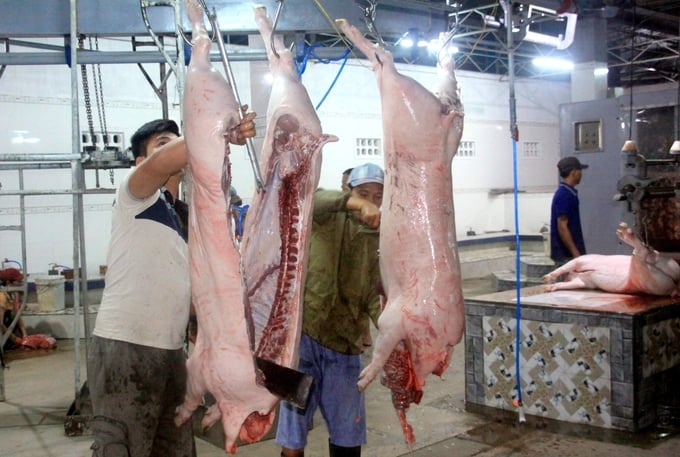
A centralized slaughterhouse in Quy Nhon city, Binh Dinh province. Photo: V.D.T.
Furthermore, Binh Dinh has also promoted investment and encouraged two businesses to construct centralized slaughterhouse in Hoai Nhon town and Phu Cat district.
Accordingly, Quy Nhon Food Production and Processing Company is investing in the construction of a centralized slaughterhouse in Hoai Nhon town. The slaughterhouse will operate in two stages: slaughtering 3,434 pigs, buffaloes, cattle, and 1,000 poultry on a daily basis; supplying 1,000 tons of frozen pork and beef on an annual basis.
As of date, the company is finalizing investment procedures, which include the 1/500 planning and environmental impact assessment reports. The slaughterhouse is scheduled to commence operations in 2025.
Similarly, San Ha Company is investing in the construction of a center for livestock and poultry slaughtering and food processing in Tung Chanh hamlet, Cat Hiep commune, Phu Cat district. The project has a designed capacity of 40,500 poultry and livestock; with the aim of supplying 10 tons of processed products per day. The center is scheduled to commence operations in the third quarter of 2025. Furthermore, Quy Nhon Food Production and Processing Company is promoting investment in the construction of a centralized slaughterhouse in Tay Son district.
According to Tran Van Minh, Deputy Director of the Agricultural Service Center of Tuy Phuoc district, the district's investment in centralized slaughterhouses is limited due to local households's preference to bring their livestock and poultry to centralized slaughterhouses in Nhon Binh ward, Quy Nhon city, and Nhon An commune, An Nhon town.
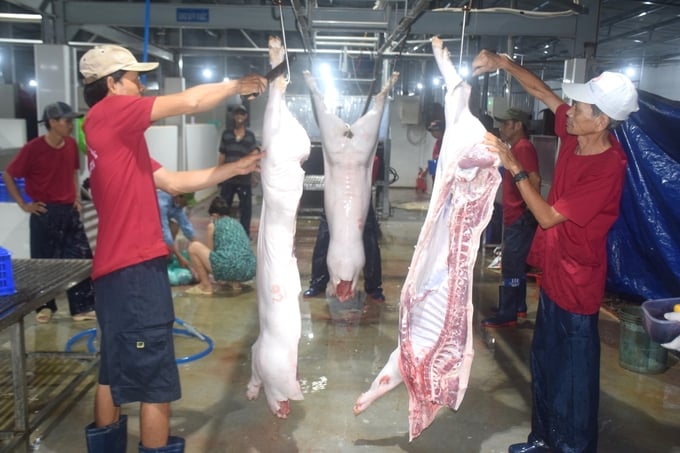
A centralized slaughterhouse in Nhon An commune, An Nhon town, Binh Dinh province. Photo: V.D.T.
"Businesses investing in the construction of centralized slaughterhouses in Binh Dinh province in the years between 2021 and 2025 are either exempt from, or granted reductions in land lease fees; they can receive up to 5 billion dong of support for the construction of centralized slaughterhouses within and outside the fence, depending on scale and capacity. The local government also provides full slaughter service fee and slaughter control fee support for residents who bring their livestock and poultry to centralized slaughterhouses in the first year of operation; and 50% support for the second year starting from the project's commencement," Director Diep remarked.
However, in reality, investors are hesitant to participate in centralized slaughterhouse projects due to unattractive prospects, low profitability, and high risks concerning long-term capital recovery.
Despite prior plans to develop local centralized slaughterhouses, several regions within Binh Dinh province, such as Hoai An district, are facing setbacks due to the North-South highway project. Consequently, these obstacles forced local governments to make adjustments to their plans, and extend implementation timelines.
"Due to the obstacles encountered in the construction plans for local centralized slaughterhouses, Hoai An district must make an effort to inspect and control local livestock and poultry slaughtering activities, thereby ensuring the quality of meat products before they reach the market. Moreover, the district is implementing plans to supervise local pig farms, with a focus on disease prevention and control," reported Nguyen Thanh Vuong, Director of the Agricultural Service Center of Hoai An District.
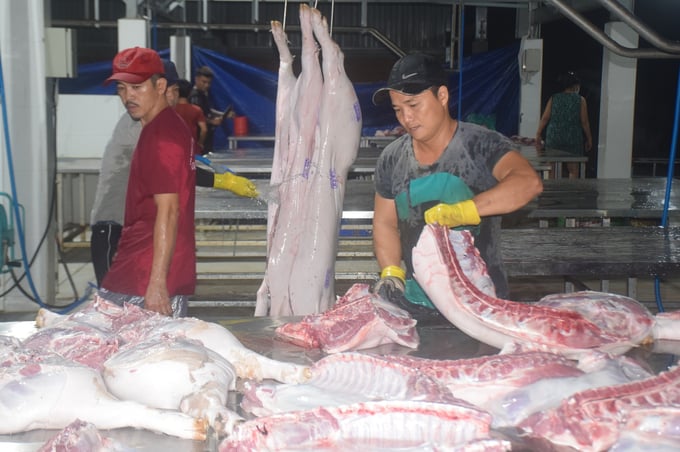
Food safety is an advantage of products originating from centralized slaughterhouses. Photo: V.D.T.
Several mountainous regions within Binh Dinh province are facing difficulties in promoting and attracting investors for the construction of centralized slaughterhouses. Districts such as Phu My, Hoai An, An Lao, Van Canh, and Vinh Thanh lack both centralized slaughterhouses and potential investors.
"Binh Dinh province's Sub-Department of Livestock Production and Animal Health will propose the Department of Agriculture and Rural Development to consult with the Provincial People's Committee; and instruct local governments to allocate funds and mobilize legal resources for the construction of centralized slaughterhouses as stipulated in point a, clause 11, article 11, Decision No. 51 issued by the Provincial People's Committee.
Additionally, the Sub-Department aims to prevent and control disease outbreaks in animals; promote the construction of disease-free zones and facilities; and develop clean, disease-free and biosafe raw material areas to promote investment in the construction of centralized slaughterhouses," Director Diep commented regarding the Sub-Department's future plans.
Translated by Nguyen Hai Long
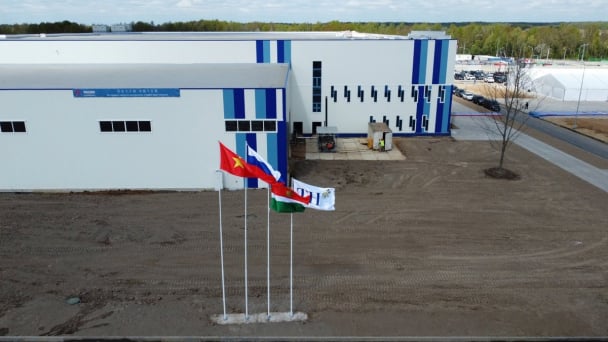
(VAN) Vietnam’s TH Group officially put its high-tech fresh milk processing plant into operation in the Russian Federation, marking a historic moment as the first TH true MILK cartons were produced in Russia.
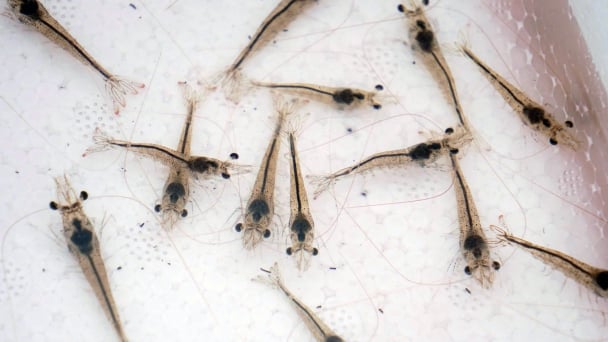
(VAN) Use of high-quality broodstock and biotechnology is regarded as the most effective approach to ensuring sustainable and economically viable shrimp aquaculture ahead of climate change and the emergence of increasingly intricate disease patterns.
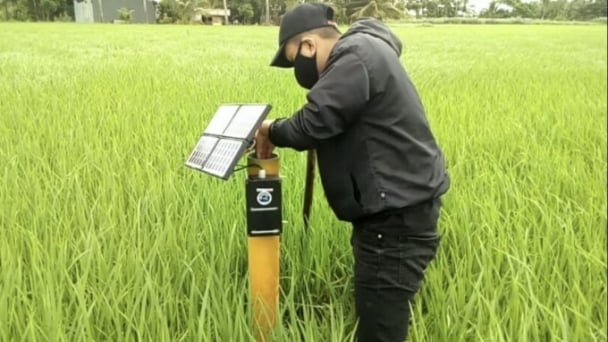
(VAN) Carbon farming is a form of agricultural practices that helps absorb more greenhouse gases than it emits, through smart management of soil, crops, and livestock.

(VAN) This is a key content of the Memorandum of Understanding recently signed between the Vietnam Fisheries Society and Kunihiro Inc of Japan.
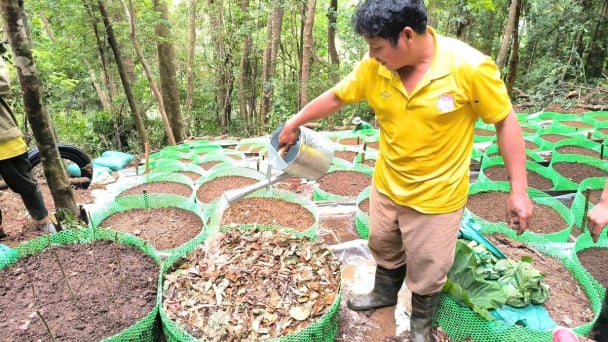
(VAN) To achieve the goal, local authorities and businesses in Kon Tum province have fully prepared the necessary conditions for the new Ngoc Linh ginseng planting season.
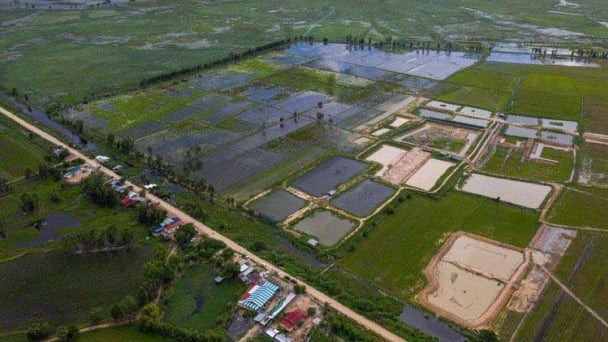
(VAN) Jiangsu province is gearing up to host training programs in Phnom Penh, the capital of Cambodia, this year to establish the Fish and Rice Corridor.
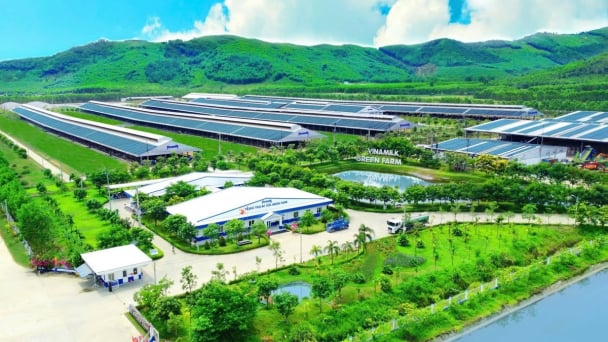
(VAN) Le Hoang Minh, representing Vinamilk, shared the company's experience in energy saving and green energy transition for production at a workshop held during the P4G Summit.